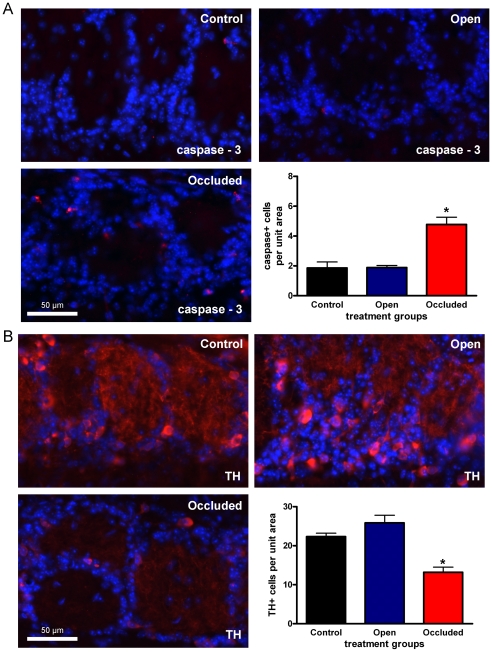Figure 5. Five days of naris occlusion increases activated-caspase 3 immunoreactivity and reduces tyrosine hydroxylase immunoreactivity.
(A) Representative photomicrographs taken of the mouse glomerular layer following five days of sham (control), contralateral to the naris occlusion (open), and ipsilateral to the naris occlusion (occluded) treatment. Cryosections were incubated with activated-caspase 3 antiserum (1∶100) (red) and DAPI nuclear stain to visualize immunoreactive glomerular cells. Bar plot of the mean (± s.e.m.) number of activated-caspase 3 immunoreactive glomerular cells per treatment condition per 93,500 µm2 field of view. (B) Same as in A but cryosections were incubated with tyrosine hydroxylase (TH) antiserum (1∶4,000) (red). * = Significantly-different by a one-way ANOVA with a Student-Newman-Keuls post-hoc test (snk) (N = 3, α≤0.05).

